搜索结果: 'methocult media formulations for human hematopoietic cells serum containing'
-
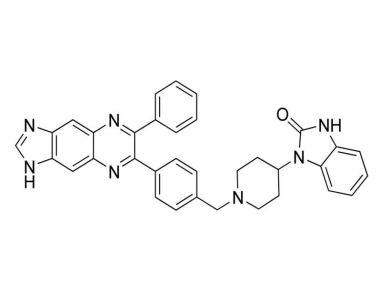 AKT抑制剂VIII PI3K/AKT通路抑制剂;抑制AKT1、AKT2、AKT3
AKT抑制剂VIII PI3K/AKT通路抑制剂;抑制AKT1、AKT2、AKT3 -
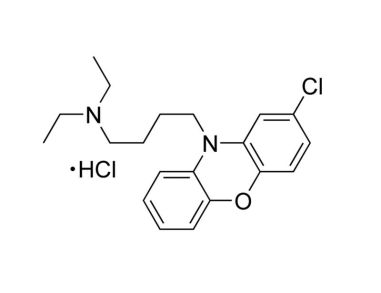 AKT抑制剂X PI3K/AKT通路抑制剂;抑制AKT
AKT抑制剂X PI3K/AKT通路抑制剂;抑制AKT -
 ALDEFLUOR™测定缓冲液 用于ALDEFLUOR™试剂盒的附加检测缓冲液
ALDEFLUOR™测定缓冲液 用于ALDEFLUOR™试剂盒的附加检测缓冲液 -
 ALDEFLUOR™DEAB试剂 在ALDEFLUOR™检测系统中用作对照的ALDH酶抑制剂
ALDEFLUOR™DEAB试剂 在ALDEFLUOR™检测系统中用作对照的ALDH酶抑制剂 -
 ALDEFLUOR™试剂盒 用于鉴定、评估和分离表达高水平ALDH的干细胞和祖细胞
ALDEFLUOR™试剂盒 用于鉴定、评估和分离表达高水平ALDH的干细胞和祖细胞 -
 ALDHbr测定试剂盒 用于人脐带血CD34+和ALDHbr细胞的检测
ALDHbr测定试剂盒 用于人脐带血CD34+和ALDHbr细胞的检测 -
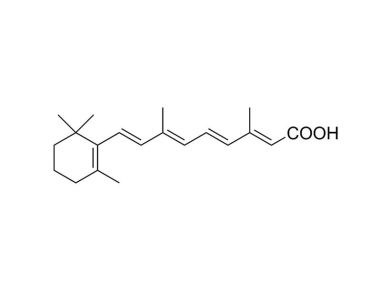 全反式视黄酸 维甲酸通路激活剂;激活视黄酸受体(RAR)
全反式视黄酸 维甲酸通路激活剂;激活视黄酸受体(RAR) -
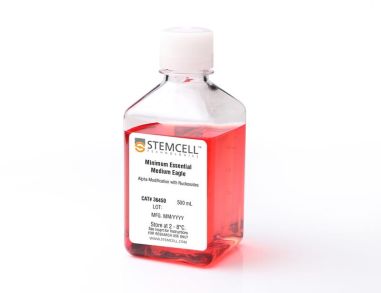 含核苷的MEM培养基 含核苷的Eagle - alpha(Alpha MEM)基础必需培养基
含核苷的MEM培养基 含核苷的Eagle - alpha(Alpha MEM)基础必需培养基 -
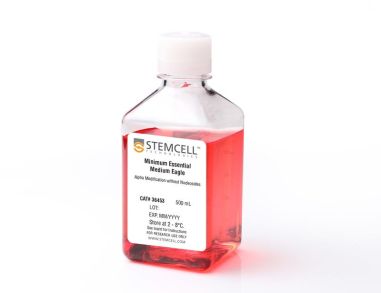 不含核苷的MEM培养基 不含核苷的Eagle - alpha(Alpha MEM)基础必需培养基
不含核苷的MEM培养基 不含核苷的Eagle - alpha(Alpha MEM)基础必需培养基 -
 AM580 视黄醇通路激活剂;激活视黄酸受体(RAR) α
AM580 视黄醇通路激活剂;激活视黄酸受体(RAR) α -
 氯化铵溶液 红细胞裂解试剂
氯化铵溶液 红细胞裂解试剂 -
 ArciTect™ 退火缓冲液 (5X) 用于 CRISPR-Cas9 基因组编辑中的向导 RNA 生成
ArciTect™ 退火缓冲液 (5X) 用于 CRISPR-Cas9 基因组编辑中的向导 RNA 生成


 EasySep™小鼠TIL(CD45)正选试剂盒
EasySep™小鼠TIL(CD45)正选试剂盒





 沪公网安备31010102008431号
沪公网安备31010102008431号